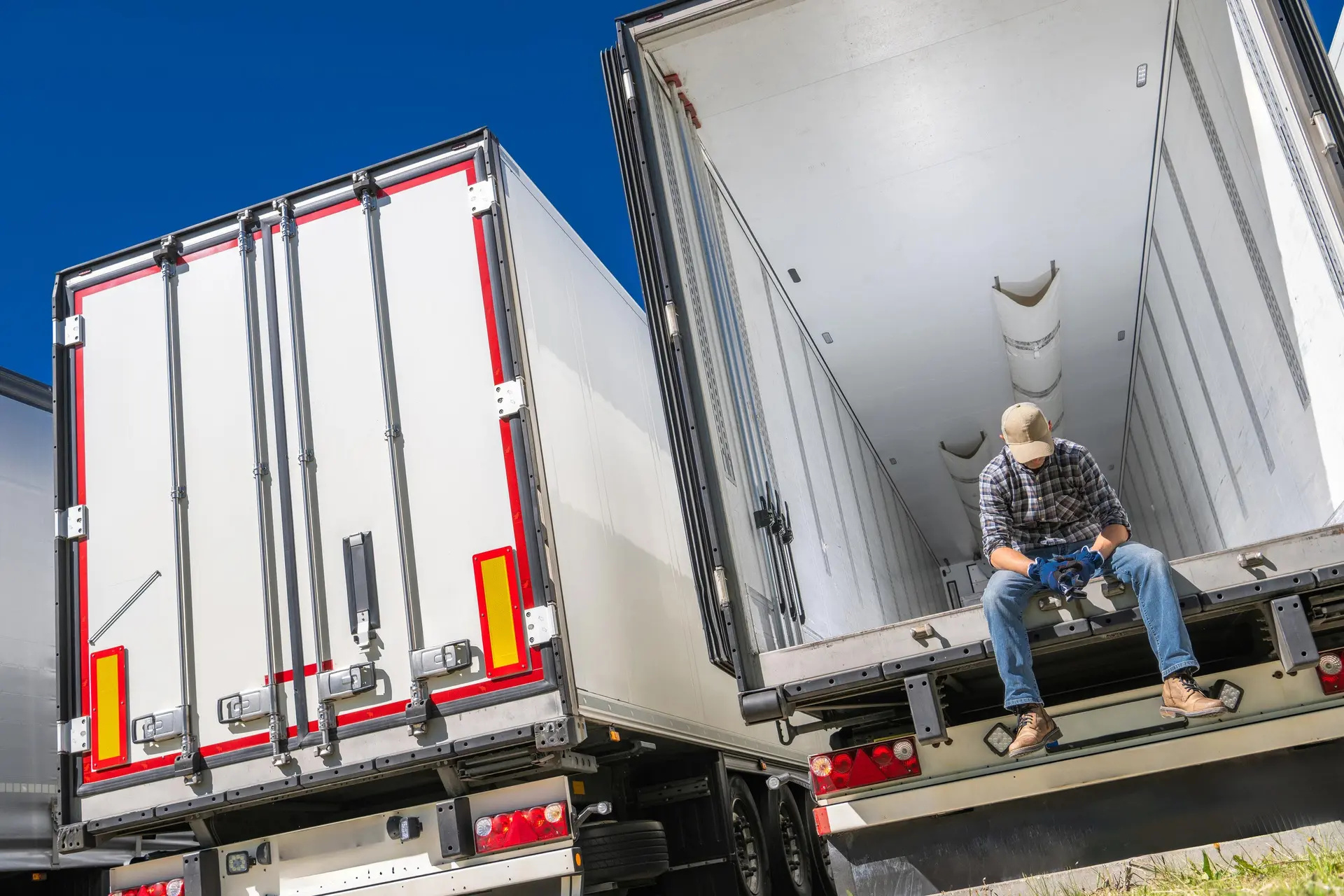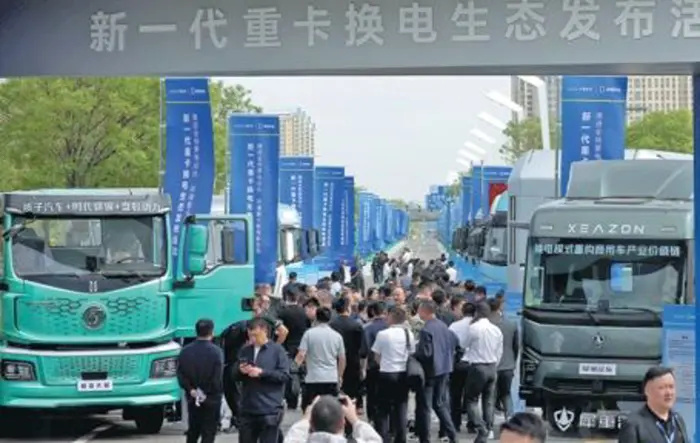20
2025
-
05
The Vital Role of Semi-Trucks in Disaster Relief Efforts
Source:
When disaster strikes—whether it’s hurricanes, wildfires, floods, or earthquakes—one thing remains constant: semi-trucks are essential to relief efforts. These heavy-duty vehicles are the backbone of emergency logistics, delivering critical supplies to communities in urgent need. From the wildfires in California to hurricanes in Florida, the rapid deployment of resources relies heavily on the trucking industry. Whether you’re an owner-operator, fleet manager, or part of a large carrier, your contribution to disaster response is invaluable.
When disaster strikes—whether it’s hurricanes, wildfires, floods, or earthquakes—one thing remains constant: semi-trucks are essential to relief efforts. These heavy-duty vehicles are the backbone of emergency logistics, delivering critical supplies to communities in urgent need. From the wildfires in California to hurricanes in Florida, the rapid deployment of resources relies heavily on the trucking industry. Whether you’re an owner-operator, fleet manager, or part of a large carrier, your contribution to disaster response is invaluable.
Delivering Life-Saving Supplies When It Matters Most
Emergency response depends on fast, reliable transportation of vital goods, including:
-
Medical supplies: vaccines, medications, first aid kits
-
Food and water: essentials for displaced populations
-
Shelter materials: tarps, tents, and construction supplies
-
Power equipment: generators, fuel, and restoration tools
Without truck drivers stepping up during crises, these supplies wouldn’t reach those who need them most, and delays can cost lives. Having a fleet ready to mobilize makes all the difference in disaster zones.
How Trucking Professionals Can Prepare for Disaster Relief
Preparation is key. Here’s how trucking companies and drivers can be ready to respond efficiently:
-
Maintain your fleet: Regular inspections and upkeep ensure trucks are ready at a moment’s notice.
-
Secure emergency permits: Pre-approved transport permits help avoid delays when time is critical.
-
Train drivers: Equip drivers with knowledge of emergency routes, hazardous conditions, and relief protocols.
-
Establish reliable communication: Keeping in contact with relief coordinators ensures drivers get to the right places quickly and safely.
-
Build strong supply chains: Partnerships with multiple fuel suppliers and logistics providers prevent bottlenecks during crises.
Being proactive means you can respond quickly and effectively when disasters strike.
Challenges Truckers Face in Disaster Zones
Disaster relief driving is not without risks. Truckers often confront:
-
Damaged infrastructure: Roads and bridges may be impassable, requiring alternative routes.
-
Limited fuel availability: Fuel shortages in affected areas demand strategic planning.
-
Security concerns: Looting or civil unrest can pose threats to driver safety.
-
Extreme weather: Drivers navigate hazardous conditions like floods, fires, or icy roads.
Understanding these challenges helps drivers stay safe and keep deliveries on track.
Working with Government and Relief Organizations
Successful disaster response requires teamwork. Trucking companies often partner with:
-
FEMA and state emergency agencies: Coordinating large-scale logistics.
-
The Red Cross and nonprofits: Delivering supplies directly to shelters and medical centers.
-
Local governments and first responders: Ensuring last-mile delivery in impacted communities.
-
Retailers and manufacturers: Helping distribute donated goods and restock stores.
Building relationships with these partners before disaster strikes speeds up response times and maximizes impact.
Beyond Immediate Relief: Truckers in Recovery and Rebuilding
Truckers don’t just deliver emergency supplies; they support long-term recovery by hauling construction materials, removing debris, and transporting ongoing shipments. Many drivers volunteer time and resources to help communities rebuild. A strong trucking industry also helps businesses in disaster zones restock shelves and resume operations, fueling economic recovery.
How Trucking Companies Can Get Involved
If you want to support disaster relief efforts, consider:
-
Partnering with relief organizations to provide transport.
-
Dedicating trucks and drivers for emergency deployment.
-
Offering driver training and incentives for disaster response.
-
Collaborating with local governments on disaster plans.
-
Providing warehouse space for pre-positioned supplies.
-
Leveraging technology like GPS tracking and route optimization to improve efficiency.
Even small contributions—discounted transport, donated fuel, volunteer time—make a big difference.
Supporting Truckers in Their Disaster Relief Mission
Truckers keep America moving—and save lives during disasters. Supporting their role strengthens emergency response capabilities nationwide. Consumers and businesses who choose carriers active in relief efforts help sustain these vital services. Every load delivered and mile driven is a step toward saving lives and rebuilding communities.
Reliable Equipment Is Key: Arrow Truck Sales Supports Truckers
Dependable trucks are essential in disaster response. Arrow Truck Sales offers a large inventory of quality used trucks ready for the demands of emergency logistics. Whether responding to crises or assisting recovery, the right truck empowers drivers to make a real difference.
By staying prepared, fostering partnerships, and investing in disaster-ready fleets, the trucking industry will remain a critical pillar of disaster relief and recovery as natural disasters increase in frequency and severity. Your role matters—not just in moving freight, but in saving lives and restoring communities.
Semi-Trucks
Next page
Next page









